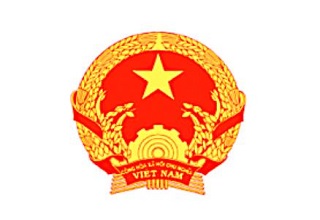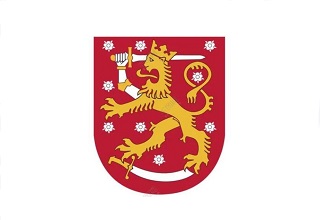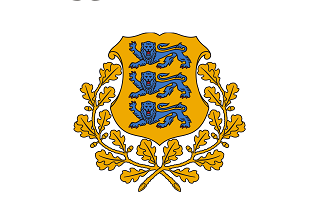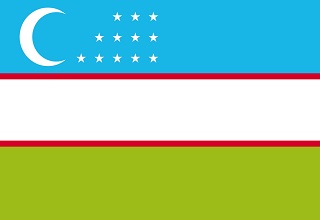Regarding the Inspection and Quarantine Requirements for Soybean Meal from Ethiopia to China
According to the provisions of the Protocol on Sanitary and Phytosanitary Requirements for the Export of Ethiopian Soybean Meal to China between China Customs and the Ministry of Agriculture of Ethiopia, the import of Ethiopian soybean meal that meets the following relevant requirements is allowed from now on:
I. Inspection and Quarantine Basis
(1) "Biosafety Law of the People's Republic of China";
(2) "Law of the People's Republic of China on Entry and Exit Animal and Plant Quarantine" and its Implementing Regulations;
(3) "Measures for the Supervision and Administration of Inspection and Quarantine of Imported and Exported Feed and Feed Additives";
(4) "Protocol on Sanitary and Phytosanitary Requirements for the Export of Ethiopian Soybean Meal to China between the General Administration of Customs of the People's Republic of China and the Ministry of Agriculture of the Federal Democratic Republic of Ethiopia".
II. Names of Commodities Allowed for Import
Soybean meal refers to the by-product of soybeans grown in Ethiopia after oil is separated by pressing and leaching.
III. Enterprise Registration
Soybean meal exported to China should come from production, processing and storage enterprises approved by the Ethiopian Ministry of Agriculture. The Ethiopian Ministry of Agriculture recommends production, processing and storage enterprises that meet the requirements to the Chinese Customs. After inspection or review by the Chinese Customs, they will be registered and published on the customs website and continuously updated.
IV. Pests of concern
Soybean meal exported to China must not carry the following pests:
1. Acanthoscelides obtectus.
2. Callosobruchus analis.
3. Callosobruchus maculatus.
V. Pre-shipment requirements
(I) Production requirements.
1. Enterprises should establish a good hazard analysis and critical control point (HACCP) system and traceability management system and operate them effectively, or implement management in accordance with their concepts.
2. Enterprises should strengthen the sanitation control of raw materials, processing, warehousing, transportation and other links to avoid contamination by soil, animal carcasses, animal feces and feathers, and shall not add toxic and harmful substances and any animal-derived ingredients.
3. Soybean meal exported to China should be stored separately from raw materials and other products. Effective measures should be taken to prevent rats, insects and birds in the storage area to prevent contamination.
(II) Packaging and transportation requirements.
1. The packaging used for soybean meal exported to China should be clean and hygienic, and the means of transport should be thoroughly cleaned and disinfected when necessary.
2. There should be at least one packaging mark in the container (including other closed means of transport) loaded with soybean meal exported to China, indicating the name and registration number of the production, processing and storage enterprise, as well as the Chinese and English words "埃塞俄比亚豆粕输往中华人民共和国/Ethiopian soybean meal is exported to the People's Republic of China". The product label of soybean meal exported to China should comply with the requirements of the Chinese national standard "Feed Label" (GB 10648).
(III) Pre-export inspection and quarantine and certificate requirements.
1. Soybean meal that has passed inspection and quarantine is allowed to be exported to China.
2. Each batch of soybean meal exported to China should be accompanied by a phytosanitary certificate issued by the Ethiopian Ministry of Agriculture in accordance with the requirements of the International Standard for Phytosanitary Measures No. 12 "Guidelines for Phytosanitary Certificates". The additional statement of the plant quarantine certificate shall indicate "The consignment complies with the requirements of the Protocol of sanitary and phytosanitary requirements for the export of soybean meal from Ethiopia to China, and is free of quarantine pests of China's concern", and the name and registration number of the production, processing and storage enterprise, the number of the transport vehicle such as the container, etc. At the same time, the pest control treatment method and treatment index and other information shall be indicated in the certificate for pest control treatment before export or during transportation.
VI. Entry inspection and quarantine
(I) Certificate verification.
1. Verify whether it comes from a registered enterprise.
2. Verify whether the plant quarantine certificate is authentic and valid.
(II) Cargo inspection.
In accordance with relevant laws, regulations, administrative regulations, rules and other provisions, combined with the requirements of this announcement, soybean meal exported to China shall be subject to inspection and quarantine, and entry shall be allowed after passing the inspection.
(III) Handling of non-compliance.
1. If there is no valid plant quarantine certificate, it shall be returned or destroyed.
2. If it comes from an unregistered enterprise, it shall be returned or destroyed.
3. If live quarantine pests or other live pests are found, they shall be treated with pest control, returned or destroyed.
4. If soil or genetically modified ingredients not officially approved by China are found, they shall be returned or destroyed.
5. If it is found that it does not meet the requirements of Article 5, paragraph (2), item 2, it shall be corrected, returned or destroyed.
6. If animal feces, animal carcasses, poultry feathers, plant seeds or other materials that do not meet the safety and sanitation standards of Chinese feed are found, they shall be decontaminated, returned or destroyed in accordance with relevant laws and regulations.
If the above non-compliance is found, China Customs will notify the Ethiopian Ministry of Agriculture and take measures such as suspending the relevant enterprises' qualifications to import into China according to the severity.
GACC
July 3, 2025




